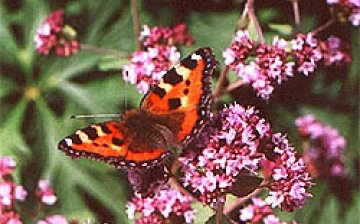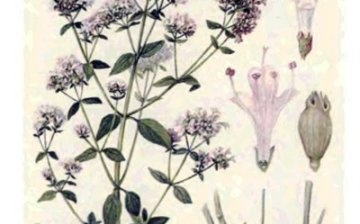Oregano: growing and using
Oregano, the cultivation of which does not cause much trouble, is perfect for use as a spice and medicinal product. Oregano is rich in antioxidants, tannins, ascorbic acid and essential oils.
Oregano: cultivation and use
Oregano loves the sun and does not tolerate waterlogging of the soil, so it should be planted in loose, dry soil in a sunny place. Since oregano is a perennial plant, you need to choose a permanent place so as not to transplant it, and it must be fertile, autumn application of manure will help to achieve this.
In April, the seeds should be sown in the ground, not burying them at all, but only lightly sprinkling them with peat. Usually, seedlings appear in two weeks.
However, the best way to grow oregano is through the seedling method. To do this, the seeds should be sown at the end of February, and the seedlings can be transplanted in May. Between the bushes of the plant, you need to keep twenty centimeters.
Oregano needs to be watered regularly, and it is better to use a watering can, which has a spray bottle with small holes, rather than a hose. You should also remove weeds in time, while loosening the soil. At the beginning of growth, oregano needs to be fed, after the bushes get stronger, the plant no longer needs feeding.
Oregano is used as a seasoning for many dishes, and you need to add very little of it. It has a slightly scalding bitter taste; marjoram, basil and black pepper will help to enrich its taste. It can be used in any kind of meat, vegetable casserole, salads, soups, noodles, egg dishes, etc.
Oregano is used in folk and traditional medicine, as well as in veterinary medicine, in the form of decoctions and tinctures:
- as a remedy for colds, tonsillitis, acute respiratory infections, tonsillitis, pharyngitis;
- as a diuretic, diaphoretic;
- as an expectorant;
- with stomatitis and periodontal disease;
- with various skin problems;
- with atherosclerosis and rheumatism;
- with problems with the gastrointestinal tract;
- as a means of increasing appetite;
- as a means of helping to stop bleeding.






